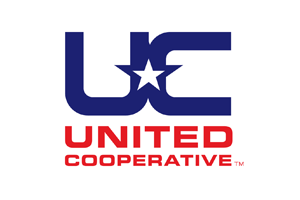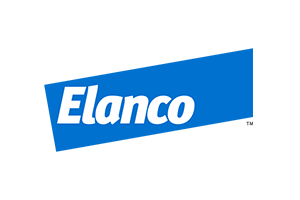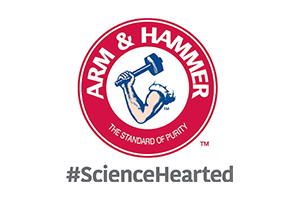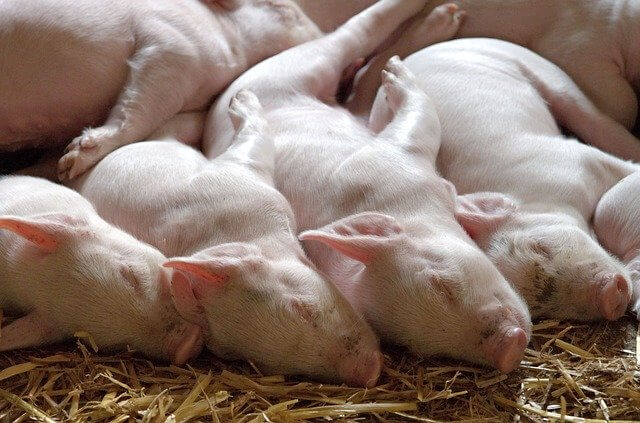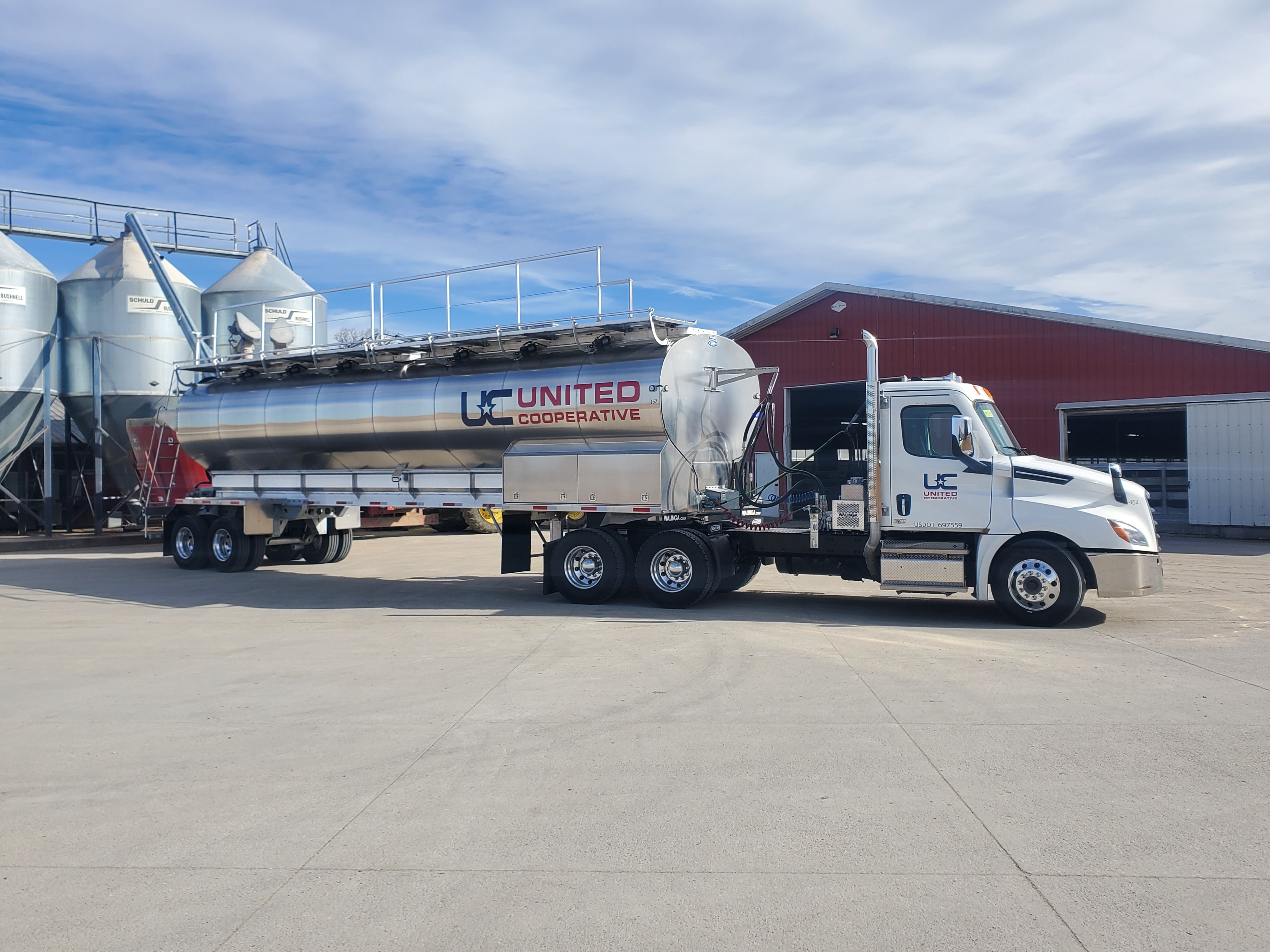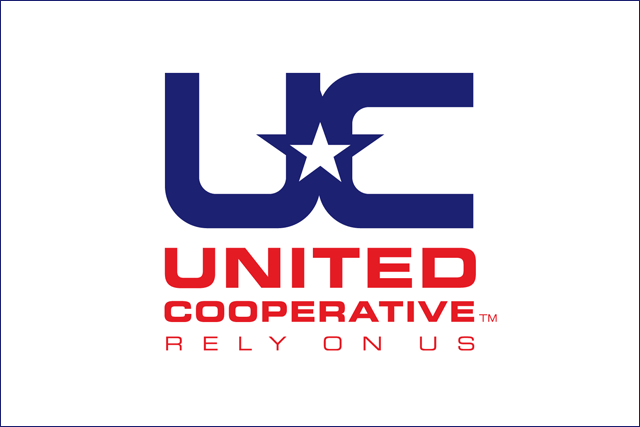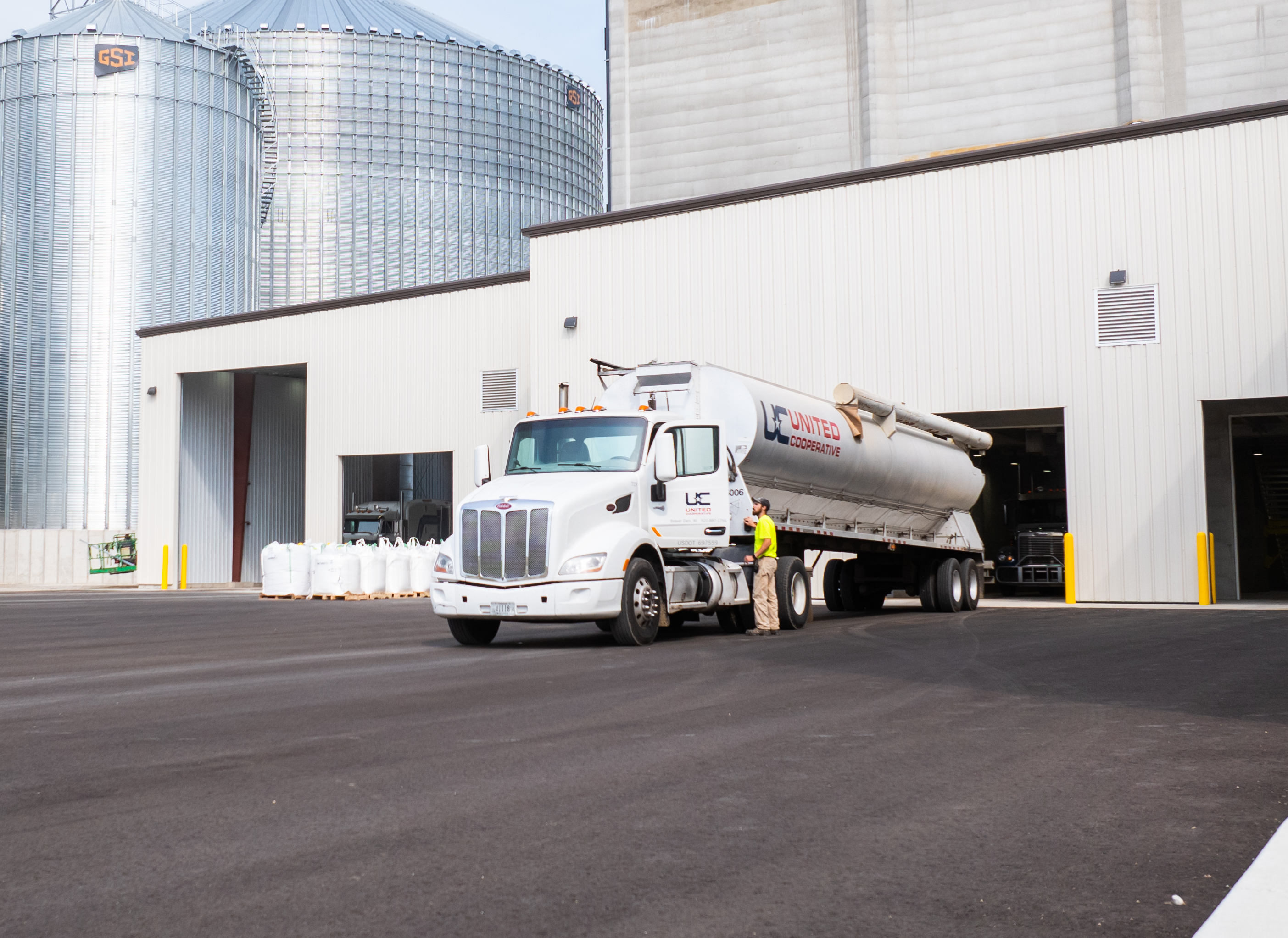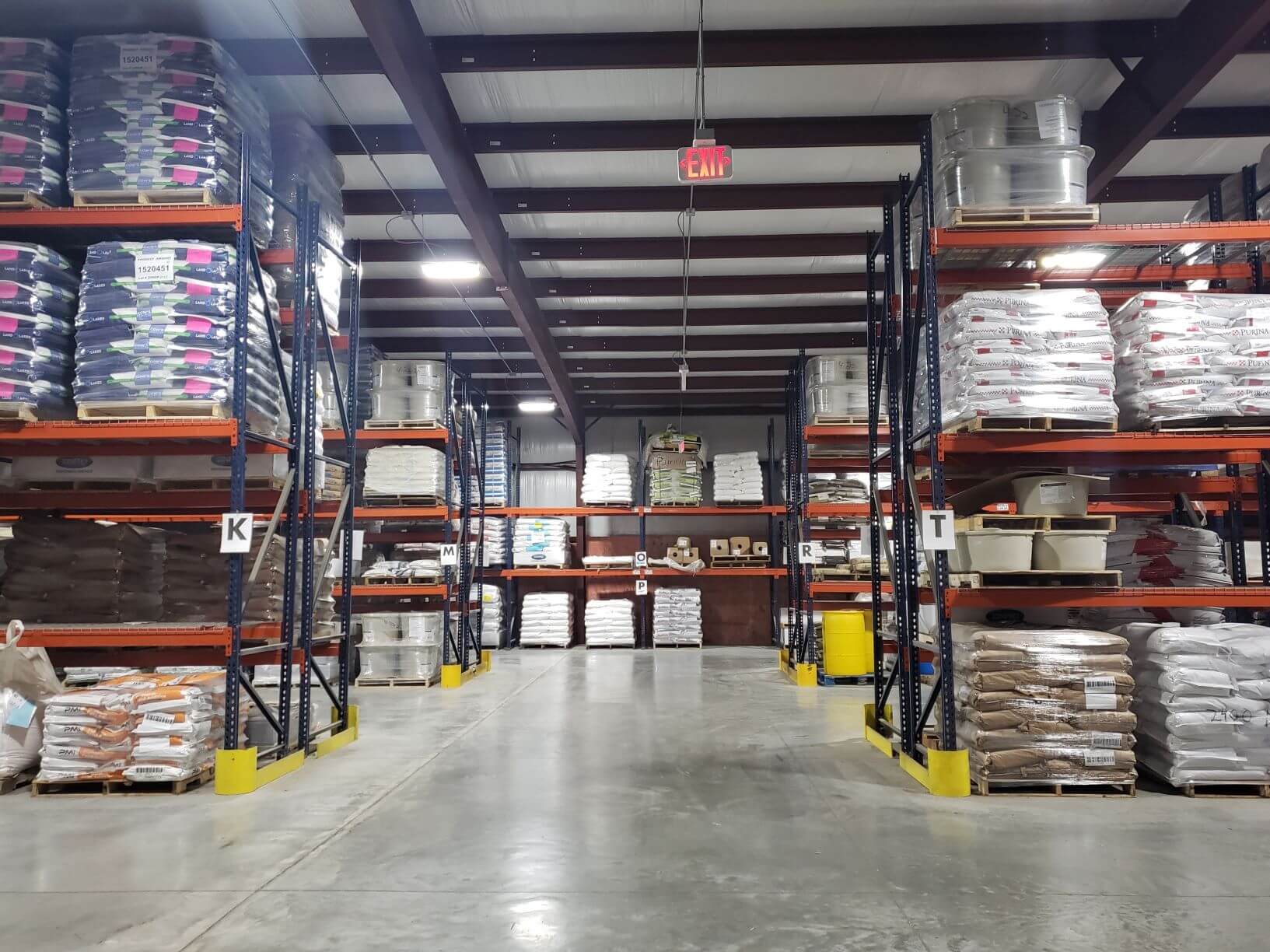
The right feed for the right animal
United Cooperative is surrounded by some of the most productive dairy and beef counties in the state. But that’s not all we feed around here: there are also pigs, chickens, horses, sheep and goats as well as lots of family pets. With seven feed mills, plus partnerships with Purina and Quality Liquid Feeds (QLF), we offer plenty of options for every animal, from milk replacer to finishing feeds.
We offer professional nutrition consulting services at each of our nine feed locations, and we also work with independent dairy nutritionists to provide concentrates, premixes and complete feeds for virtually any operation. With the addition of state-of-the-art mills in Shawano and Wilton, we have also introduced a new calf feeding program that is quickly winning over calves and producers alike.
To learn more about our commercial livestock, hobby or companion animal feed and nutrition services, please visit the location nearest you (see location map below), or call our main office in Beaver Dam: 800-924-2991.
Feed Products
With a complete line of nutrition from United Cooperative and our preferred vendors to choose from, we can provide a range of choices for the animals you feed. See some of our most popular products below.
Dairy Feed Products
Starters
- UC 18% TXT B60
- UC 18% SF BOV 40
- UC 22% TXT Calf Starter B 60
- UC 22% B-V DBZ
- Ampli-Calf AS Starter 20P B60
Growers
- UC 17% Natural Grower
- UC 18% SF BOV 40
- UC 18% Calf Grower B45 Mini Pellets
- Ampli-Calf Grower 18P B27
Milk Replacers & Pasteurized Milk Balancer
- UC 22-20 AM BOV FF DBZ
- UC 23-18 AM BOV FF DFM
- Past Milk BLC PB ½ BOV
- Purina Amp Max BOV FF
- Purina CM CF BOV FF
Supportive Products
- Land O’Lakes Calf Insure
- Land O’Lakes Colostrum Replacement
- Land O’Lakes Electrolyte Add Pack
- Land O’Lakes Electrolyte Base
- Land O’Lakes Electrolyte Complete
Bulk Feeds
- Custom Blend for your herd
Minerals & Premixes
- Custom Blend for your herd
- Dry Cow Mineral R2400
Supportive Products
- Purina Stress Care Tubs
- Dairyland Dry Cow Tub
Bulk Feeds
- Custom Blend for your herd
Minerals & Premixes
- Custom Blend for your herd
Supportive Products
- Purina Stress Care Tubs
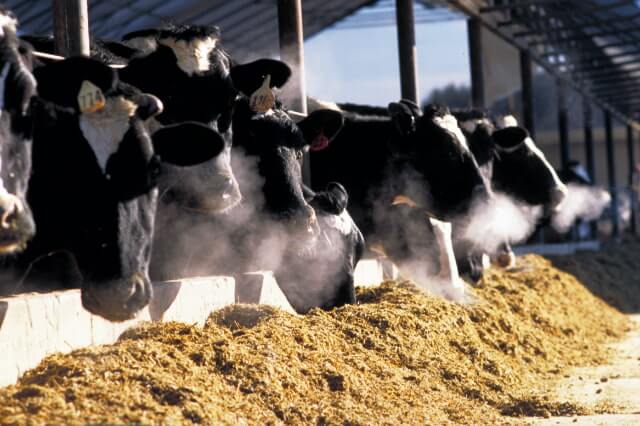
Beef Feed Products
Minerals
- Purina Wind & Rain products
Supportive Products
- Rangeland Tubs
- 377 Special Range Block
Minerals
- Purina Wind & Rain products
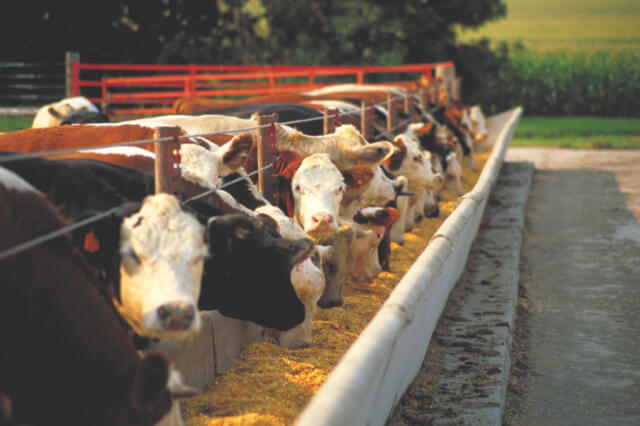
Other Products
- UC WS 500
- UC WS 250
- UC WS 500 with LB
- UC Dry
- UC Basic
- UC Feed Stabilizer – Liquid
- Hay Green
- UC Feed Stabilizer – Dry
- Shavings
- Lime
- Wood Pellets
- Twine
- Plastics
- Animal Salt
- Salt Blocks
- Sidewalk Salt
- Water Softener Salt
- Copper Sulfate
- Healthy Hoof
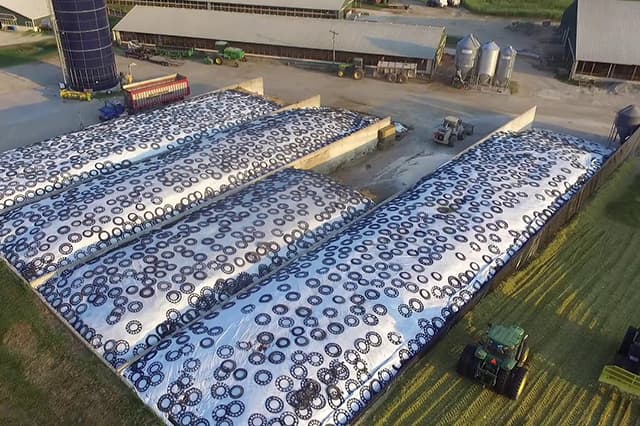
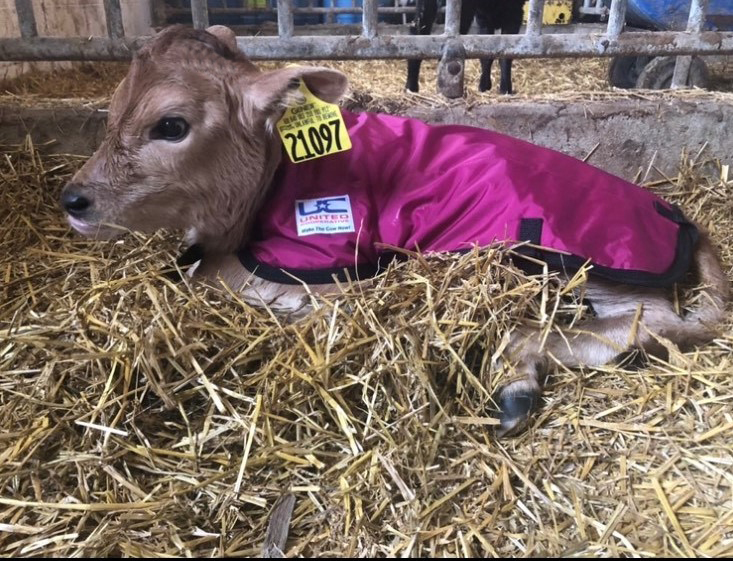
Feed Services
Coaxing the best performance out of each animal under your care requires more than just meeting their nutritional requirements. Our feed specialists are also trained to help with other aspects of livestock production, including benchmarking calf performance, identifying existing and potential health issues, and looking at environmental influences such as ventilation and hygiene.
We like to say that we can help dairy producers from the time a calf is born, to when the cow leaves the dairy. To learn more, please contact one of our feed specialists, or call 800-924-2991.
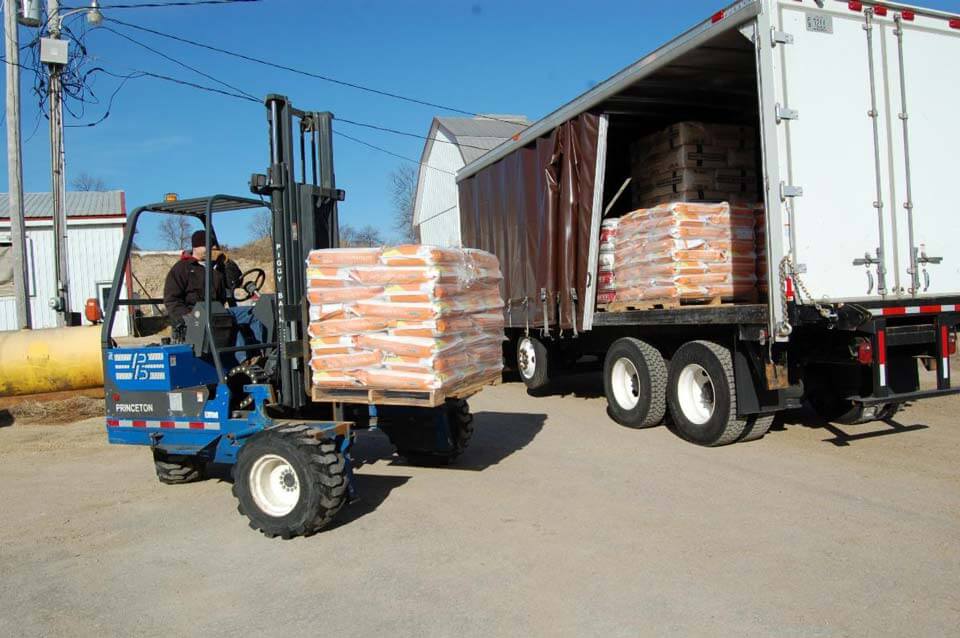
Scheduled Delivery System
Get your feed delivered with less face-to-face contact.
How does the Scheduled Delivery System (SDS) work?
- Call, email, or fax your order to a United Cooperative location.
- A soft-sided truck is loaded on your delivery day with up to 12 shrink-wrapped pallets of feed, milk replacer, shavings, etc. for several farms, including yours!
- Pallets are unloaded to your desired location (shed or outside area).
How does it help you?
- No interruption of your busy schedule.
- Makes the feed mill more efficient so we can better serve you.
- Total cost savings to the cooperative system.
- Less risk of employee injury.
Feed News
Investing in Better Nutrition: How Quality Feed Drives Results
From Nutrition to Delivery: United Cooperative Has You Covered
Letter from the CEO
Reliability at the Farmgate
Feed Locations
Feed Team


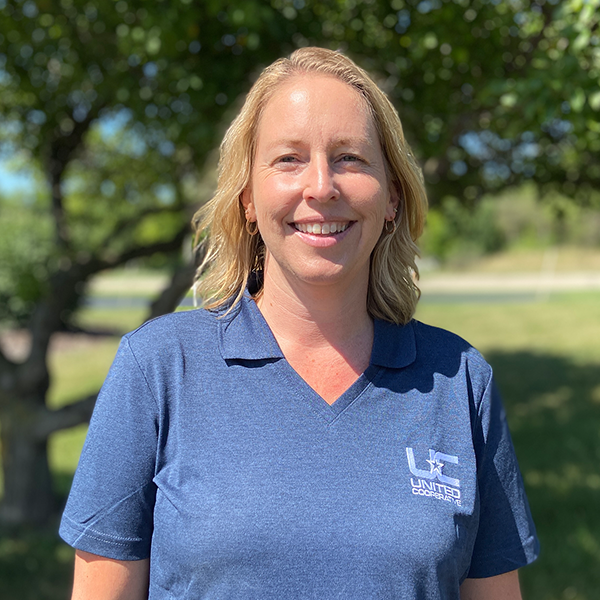


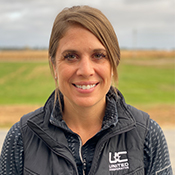
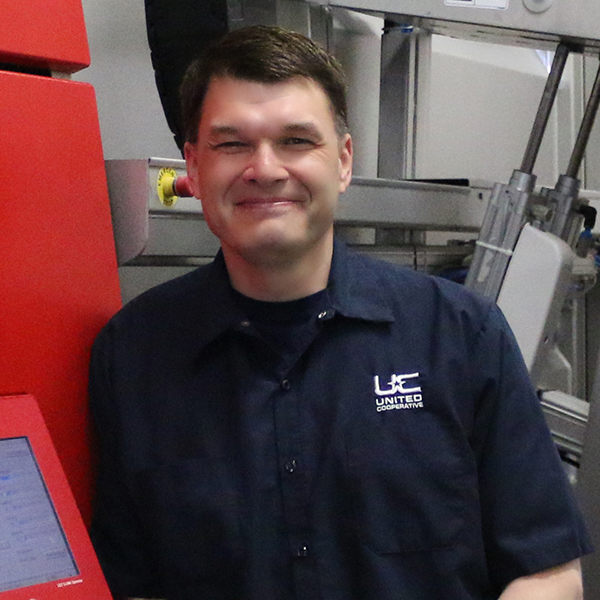

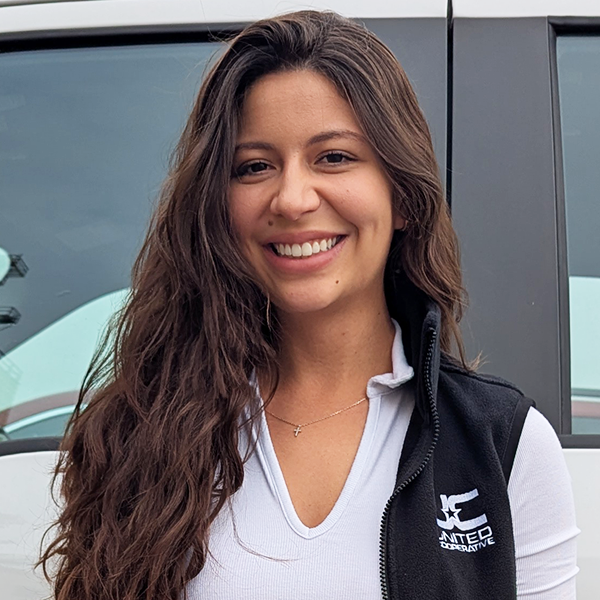
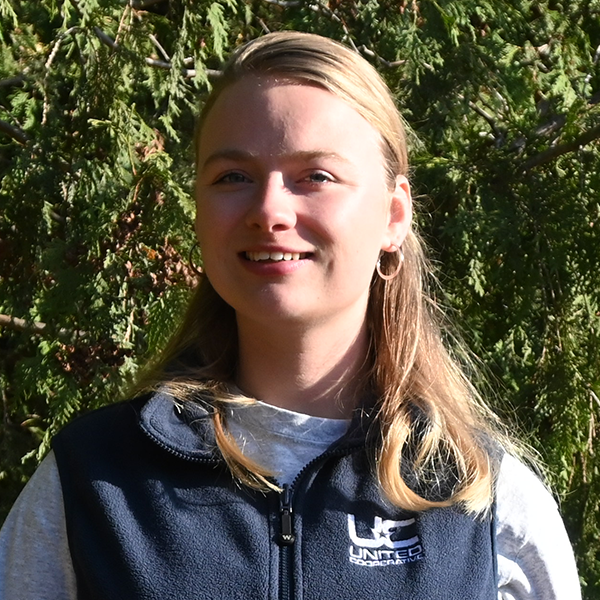

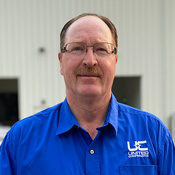



Getting Started
The first step in becoming a commercial feed customer at United Cooperative is filling out a brief credit application. Once this has been completed and returned to our offices, we can begin delivering bagged feeds, bulk feed, premixes and feed ingredients directly to your farm. To start your application, simply click the link below.
